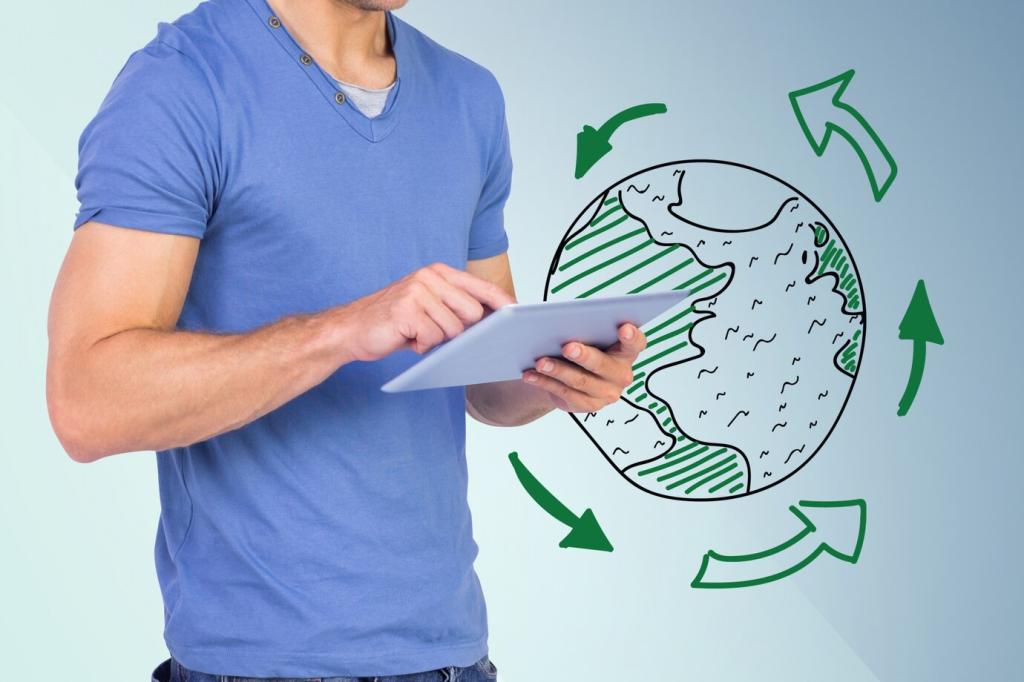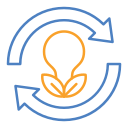Textile Recycling: Bridging Technology and Fashion
Chosen theme: Textile Recycling: Bridging Technology and Fashion. Welcome to a home for curious creators, engineers, and style lovers who believe that couture and circuits can coexist, turning yesterday’s garments into tomorrow’s favorites with ingenuity, empathy, and bold design.
AI-Powered Sorting Lines
Computer vision now identifies fiber blends and trim types at industrial speed, separating buttons, zippers, and elastane. This precision keeps contamination low and yields cleaner feedstock, making recycled yarns stronger. Comment with your city to help map local facilities we should spotlight next.
Chemical Recycling Breakthroughs
Solvent systems and depolymerization reclaim cellulose and polyester back to near-virgin quality. When dyes and additives are safely removed, color control improves dramatically. Subscribe to follow our series demystifying each method, including cellulose dissolution and PET monomer recovery for circular knitwear.
Designing for Disassembly
Switching to single-fiber families, dissolvable threads, and snap-in trims speeds end-of-life processing and protects fiber value. We share patterns and tech packs that make it easier. Tell us which garment category—denim, outerwear, or intimates—you want templates for first.
Designers Leading the Circular Runway
Runway Stories of Recycled Elegance
One capsule collection stitched from recycled polyester organza shimmered under lights, shifting from lilac to steel blue. Backstage, the designer whispered that every panel originated from post-consumer bottles. Share your favorite circular collection, and we will interview the team behind it.
Material Alchemy in Studios
Textile labs experiment with regenerated cellulose blends that drape beautifully and resist pilling. In one studio, a dress form bears swatches labeled with trace IDs linking to mill and recycler. Join our newsletter to download a free swatch log template for your next project.
Collaborations Between Labs and Labels
When brands co-develop fabrics with recyclers, minimum orders align with pilot-scale realities, and marketing teams learn the science. Comment if you’re a startup or a designer seeking a match; we will compile a public, opt-in directory to accelerate new partnerships.
Traceability and Trust: Digital Product Passports
01
A passport can record where feedstock was collected, which recycler processed it, dyehouse chemistry, and recommended end-of-life pathways. Imagine scanning your jacket and seeing its circular journey. Would you scan in-store? Tell us, and we’ll share best practices for retail setups.
02
When people can verify recycled content and labor conditions instantly, trust grows and returns fall. We have seen shoppers choose a traced garment over a cheaper alternative. Subscribe to our monthly briefing on emerging standards shaping digital product passports worldwide.
03
A quick scan can reveal a local repair hub or certified take-back point. Passports can also store repair tutorials and parts lists. Share how you would use a passport—repairs, resale, or recycling—and we will feature your ideas in an upcoming community guide.

Economics of Circular Threads
The True Cost of a T-Shirt, Reimagined
Consider collection bins, transport, sorting, processing yields, yarn conversion, and quality testing. When brands plan for these steps upfront, costs stabilize. Share your cost assumptions, and we will publish anonymized benchmarks to help teams model circular collections realistically.
Infrastructure and Incentives
Extended producer responsibility and regional grants can catalyze local sorting hubs and fiber-to-fiber pilots. Community demand helps unlock funding. Comment if your city is exploring policy levers; we will host a roundtable summarizing lessons for designers and recyclers alike.
Scaling Without Greenwashing
Claims must match data: recycled percentage, fiber sources, and process impacts. Independent testing and third-party certifications guard credibility. Subscribe for our audit checklist, and volunteer to test it with your team; we will share feedback and iterate openly.
Startups to Watch, Challenges to Solve
Fiber-to-Fiber Innovators
Teams are cracking blended fabrics, separating elastane from cotton and purifying cellulose. Early samples feel surprisingly soft and dye evenly. Founders, introduce your technology and ideal partners in the comments, and we will facilitate warm introductions where interests align.


The Denim Pile That Surprised Everyone
During a community drive, hundreds of faded jeans arrived, mostly cotton with trace elastane. A recycler blended them into sturdy yarn for workwear. Tell us your denim story, and we might feature it in a photo essay celebrating patina and second chances.

A Dress Reborn for a Graduation
A student sourced recycled satin, then added a detachable train sewn with dissolvable thread. After the ceremony, the gown became a timeless slip dress. Subscribe to follow her pattern release, and share your milestone outfit plans to inspire future graduates.
